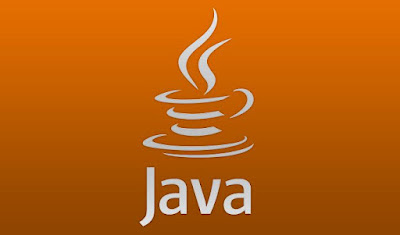In our previous discussion, we explored the significance of sockets and their role in the client-server architecture. Now, let’s focus on how Java handles networking through its java.net package, which provides a robust set of classes for implementing network communication.
1. Overview of java.net Package
The java.net package in Java is designed to provide support for networking applications. It includes a variety of classes and interfaces that enable developers to create programs capable of communicating over a network. This package abstracts the complexities of networking, allowing developers to focus on building the core logic of their applications.
Key functionalities provided by the java.net package include:
- Establishing socket connections.
- Handling IP addresses and DNS lookups.
- Creating server applications.
- Managing URL connections for web-based communications.
2. Key Classes in java.net Package
2.1 Socket
The Socket class represents a client-side socket, providing the necessary methods to create a connection to a server and facilitate data exchange.
Key Methods:
Socket(String host, int port): Establishes a connection to the specified host and port.getInputStream(): Returns an input stream for reading data from the socket.getOutputStream(): Returns an output stream for writing data to the socket.close(): Closes the socket, terminating the connection.
Example:
import java.io.*;
import java.net.*;
public class Client {
public static void main(String[] args) {
try {
Socket socket = new Socket("localhost", 8080);
PrintWriter out = new PrintWriter(socket.getOutputStream(), true);
BufferedReader in = new BufferedReader(new InputStreamReader(socket.getInputStream()));
out.println("Hello, Server!");
System.out.println("Server says: " + in.readLine());
socket.close();
} catch (IOException e) {
e.printStackTrace();
}
}
}2.2 ServerSocket
The ServerSocket class is used on the server side to listen for incoming client connections. It provides the necessary methods to accept and manage these connections.
Key Methods:
ServerSocket(int port): Creates a server socket that listens on the specified port.accept(): Waits for an incoming connection and returns a newSocketobject representing the client connection.close(): Closes the server socket, stopping it from listening for further connections.
Example:
import java.io.*;
import java.net.*;
public class Server {
public static void main(String[] args) {
try {
ServerSocket serverSocket = new ServerSocket(8080);
System.out.println("Server is listening on port 8080");
while (true) {
Socket clientSocket = serverSocket.accept();
PrintWriter out = new PrintWriter(clientSocket.getOutputStream(), true);
BufferedReader in = new BufferedReader(new InputStreamReader(clientSocket.getInputStream()));
System.out.println("Client says: " + in.readLine());
out.println("Hello, Client!");
clientSocket.close();
}
} catch (IOException e) {
e.printStackTrace();
}
}
}2.3 InetAddress
The InetAddress class represents an IP address. It provides methods for resolving hostnames to their IP addresses and vice versa.
Key Methods:
getByName(String host): Returns anInetAddressobject representing the IP address of the specified host.getHostName(): Returns the hostname of the IP address.getHostAddress(): Returns the IP address as a string.
Example:
import java.net.*;
public class InetAddressExample {
public static void main(String[] args) {
try {
InetAddress address = InetAddress.getByName("www.example.com");
System.out.println("Host Name: " + address.getHostName());
System.out.println("IP Address: " + address.getHostAddress());
} catch (UnknownHostException e) {
e.printStackTrace();
}
}
}2.4 URL and URLConnection
The URL class represents a Uniform Resource Locator, a pointer to a resource on the web. The URLConnection class provides methods for communicating with the resource pointed to by the URL.
Key Methods:
URL(String spec): Creates a URL object from the specified string representation.openConnection(): Returns aURLConnectionobject that represents a connection to the remote object referred to by the URL.getInputStream(): Returns an input stream for reading from the resource.
Example:
import java.io.*;
import java.net.*;
public class URLExample {
public static void main(String[] args) {
try {
URL url = new URL("http://www.example.com");
URLConnection connection = url.openConnection();
BufferedReader in = new BufferedReader(new InputStreamReader(connection.getInputStream()));
String inputLine;
while ((inputLine = in.readLine()) != null) {
System.out.println(inputLine);
}
in.close();
} catch (IOException e) {
e.printStackTrace();
}
}
}Practical Applications
The java.net package is utilized in numerous real-world applications, such as:
- Developing chat applications and instant messaging systems.
- Creating web servers and clients for HTTP communication.
- Implementing networked multiplayer games.
- Building distributed systems and microservices architectures.
For more information on networking in Java, you can refer to the official Java documentation.
Conclusion
The java.net package provides a comprehensive set of tools for network programming in Java. Whether you are building client-server applications, working with IP addresses, or accessing web resources, the classes and methods in this package help simplify the complexities of network communication.
By understanding and utilizing the key classes such as Socket, ServerSocket, InetAddress, and URL, you can effectively create robust and efficient networked applications in Java.
Happy coding!
